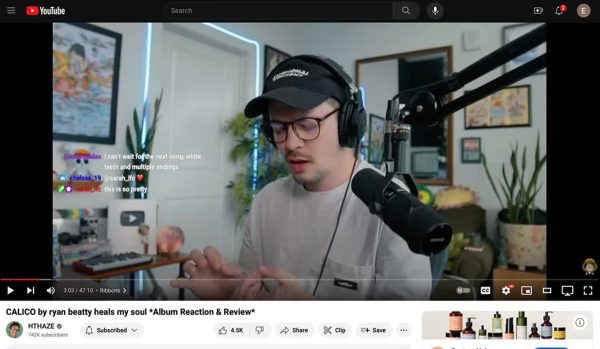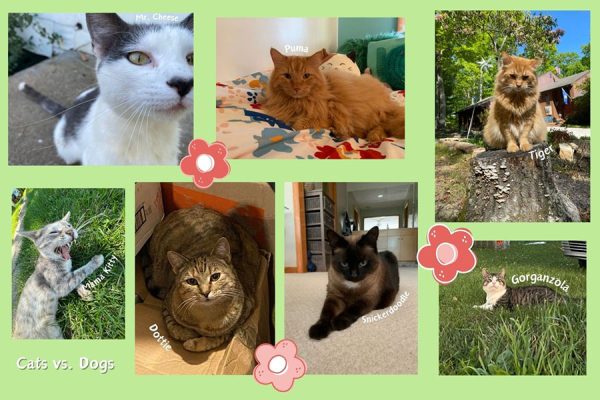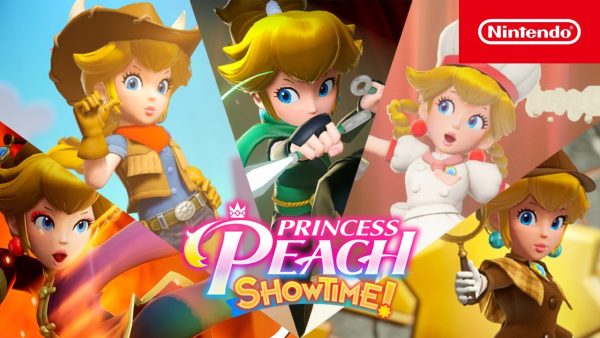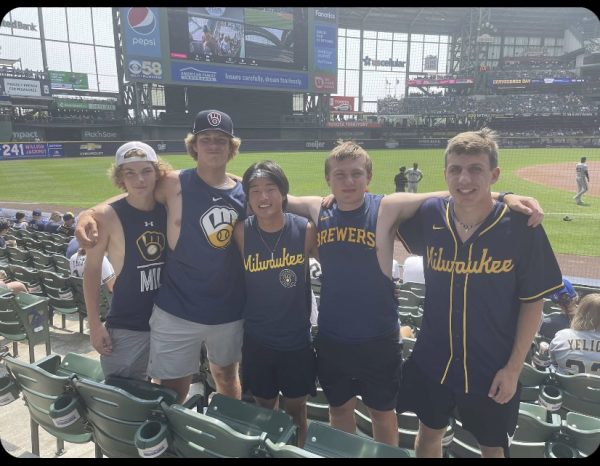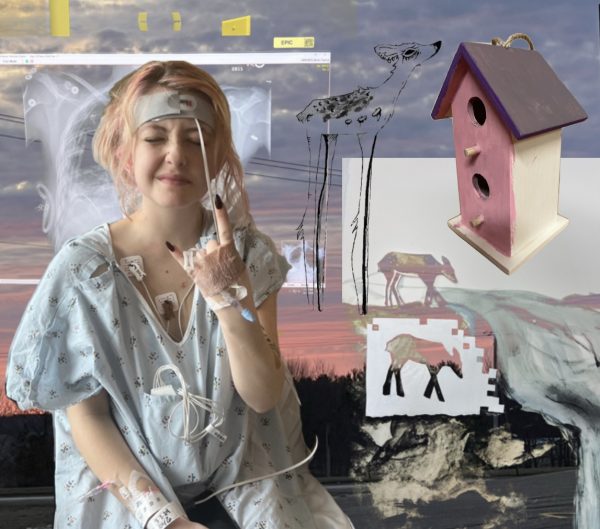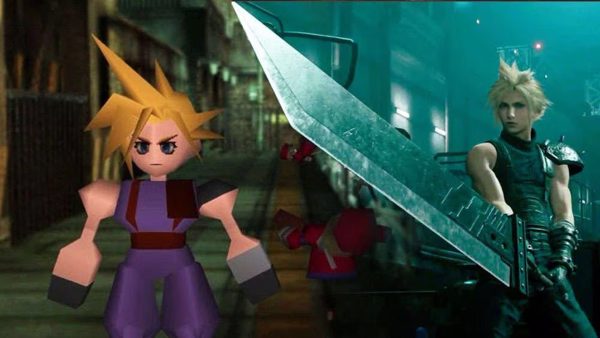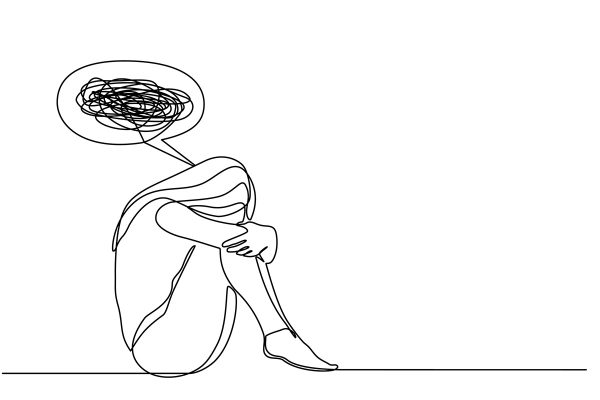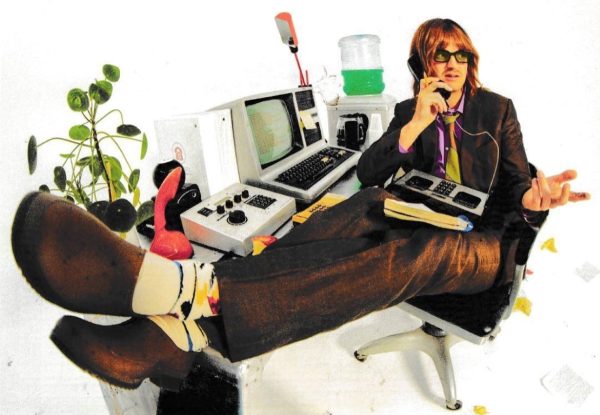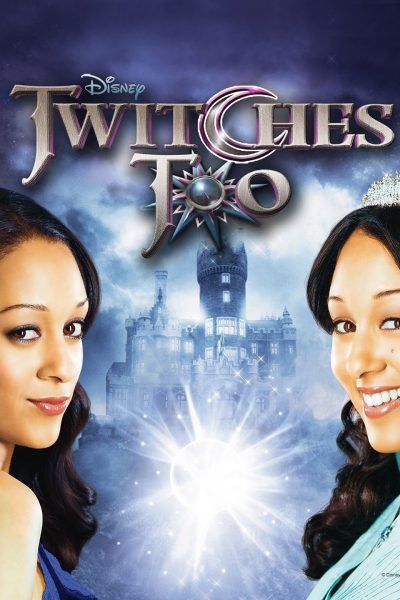The gaping hole in education
Matching t-shirts, bag lunches and screaming voices of giddy school-aged children. Oh, the horror: you’ve run into the field trippers.
There are places in every urban area that seem to be filled with groups on field trips from surrounding elementary schools almost constantly from September to June.
As a native of the greater Twin Cities area, The Minnesota History Center comes to mind. Throughout my K-12 education it seems we took umpteen trips to The History Center.
Years later, when I ventured back on my own, I first encountered the hole in mainstream K-12 education curriculum: the lack of Native American history.
On June 30, 2012, The Minnesota History Center opened “U.S.-Dakota War of 1862: An Exhibit.” It explored the war that “ended with hundreds dead, the Dakota people exiled from their homeland and the largest mass execution in U.S. history: the hangings of 38 Dakota men in Mankato (Minn.) on Dec. 26, 1862,” according to the exhibit’s homepage.
The pictures, videos and text, largely gathered by descendants of people involved in the war, that went along with the exhibit were graphic and disturbing but it was something else that struck me most.
Why didn’t I know about this? Why hadn’t I been educated and tested on this war in my Advanced Placement U.S. history class in high school? The thought left me uneasy: the exact intention of the exhibit.
At the end there was an opportunity for visitors to write their responses on post-its. Words like “shocked” were before my eyes: I wasn’t alone. As I went about my day, the exhibit faded from my thoughts until this fall when I was reminded.
In the American Indian studies class I am currently enrolled in, we are constantly learning about significant historic events I’ve never before encountered in my education career.
And I never would have, had I not sought out a course that specifically deals with American Indian issues.
For those who don’t seek out these courses, this part of history seems completely lost. The history of an entire population, the history of the separate nations that live among us, that our governmental policies affect and harm.
Even when I made a conscious effort to seek out the history of this country in APUSH and History 115: United States History Since 1877 last spring, I have received very little education on the history of American Indians.
In Wisconsin the problem was addressed in 1989 when the state legislature mandated that elementary and secondary students learn about the culture, history and tribal sovereignty of the American Indian tribes and bands of Wisconsin, according to the article, “American Indian Curriculum — A tough Act to Follow” published on UW-Madison’s School of Education page.
However, the article also states American Indian education isn’t always happening in Wisconsin schools despite the legislation.
It’s the gaping hole. How can this be? How can a country that prides itself on its education system decide to leave out an entire chapter? I’m disturbed, and frankly I want to know what else is being forgotten.
Eventually people like the descendants of U.S.-Dakota War of 1862, who put together the exhibit that opened my eyes, will be long gone and the event will be washed away and forgotten. We need to stop accepting history from the victor’s point of view only.
Which in this country paints a pretty picture of white men fighting with nobility to strike down vicious enemies. The problem with that is there is usually so much more to the story. I want the truth: not propaganda.
I want to be taught that, “more than one-quarter of the Dakota people who surrendered in 1862 died during the following year. After their exile from Minnesota, the Dakota faced concentration onto reservations, pressure to assimilate and their reservations were open to white settlement.” Because I need to know, because we have the right to know the truth.
I implore students to go beyond the textbooks. Reach further than writing the paper you are assigned or the project you have to complete. As students, we have to be curious and we have to be critical of our education. It is up to us to change the status quo. It is up to us to learn what they aren’t telling us.

